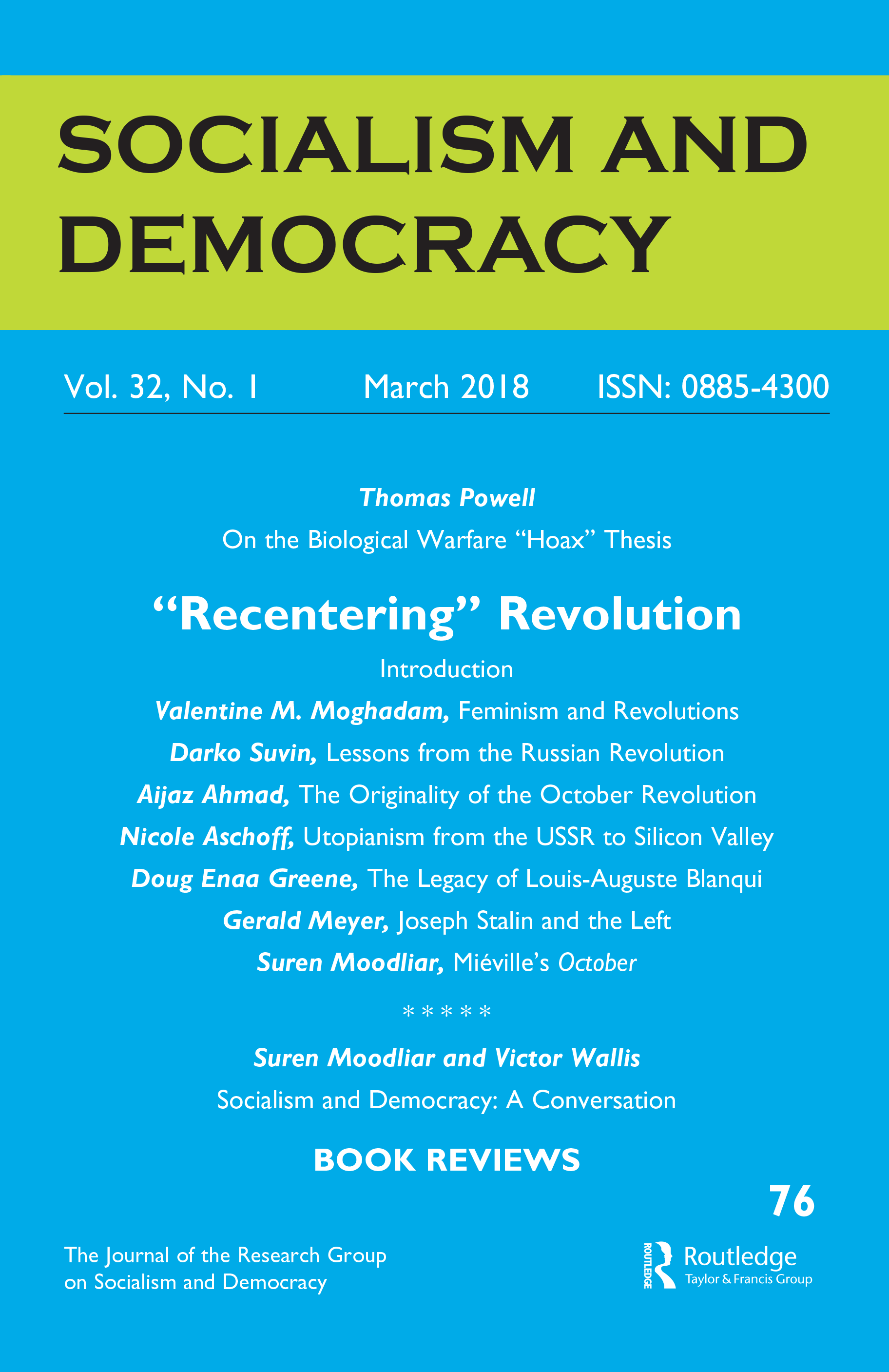(H)afrocentric comics, Vol.1-4. Written by Juliana “Jewels” Smith, illustrated by Ronald Nelson. Colored by Mike Hampton. (Oakland: PM Press, 2017), 136 pp., $20.
A new generation of African American-comic art is now in full swing.
For those who have followed the likes of Milton Knight, Lance Tooks and Afua Richardson, among others on hand for the memorable African-American Classics (2011), the new styles may seem rather jarring. (H)afrocentric is rooted at once in alternative comics and in the mainstream superhero mold. It is jarring in the sheer vulnerability of its characters, especially the lead, one Naima Pepper.
The “Ronald Reagan College perched atop the hilly redwoods in Oakland” sounds suspiciously like Mills College, an old line liberal school for women that has been transitioning itself for decades into something uncertain (including, with luck, survival). Like real-life Mills, RRC is a top-flight school situated within a poor, black community undergoing gentrification from neighboring Berkeley and the whole Bay Area link to Silicon Valley. How to navigate the connections and disconnections of students from modest backgrounds on the way up, and yet tied to the community with threads of sympathy and empathy—this is a problem with no evident solution.
Campus radicals a half century ago, this reviewer included, passed out leaflets, published “underground” newspapers, and sometimes even supported candidates for office on campus and off. Today’s activists would naturally act differently in several key ways, with social media at hand and a desperate need to get to other students, often enough, through the world of beige-toned corporate liberalism. What makes Naima especially interesting are her own contradictions. She’s a suburban girl by origin, and perhaps for that reason, definitely sees through the self-image offered her as role model, future business success and so on. But where does that leave her?
Often enough, and very realistically, a bit disoriented. Especially in Oakland, once home of the Black Panthers, the legacy of the 1960s hangs heavy, sometimes inspiring and sometimes more burden than help. How to live up to civil rights and Black Power giants? What lessons do their lives, often enough wrought with tragedy, have for today in general, and for Naima in particular? She wants badly to know, because she has emerged as a leader of a proto-political group whose members have their own problems and confusions, political and personal. What to do with fellow students, for instance, looking for the magic of some kind of psychic energy? or with fellow co-eds who get beyond fashions and boyfriends, and then seem to slip back? What about Naima’s own deep desire to be mighty good looking and dressed? And most of all, what to do with the African American males who are definitely awed by Naima but not so eager to be led, actually led, by a woman?
She says, on one page and after the death of an aged community resident, “looks like we won the battle but lost the war against gentrification.” The odds are too great. And then….she bounces back by recalling the spirit of George Jackson, the “Soledad Brother” shot dead by prison guards in 1971. The ghost tells her to ask herself, and she finds another self, a Fairy Godmother with “a striking resemblance to Fanny Lou Hamer,” who gets her a job as a “racial interpreter” -- “translating” words, actions and above all, the meaning of the great silence between potential agents of intersectionality. She’s not happy with what she finds, mainly well meaning but befuddled white liberals.
And here, in the complexity of these pages, the accomplishment of this comic art – drawing and narrative line alike – shows its strongest side. We might recall that a small group of especially notable African American artists found their calling or at least a living in animation, until the animation industry moved off shore or simply eliminated the work with further automation. Milt Knight and Lance Tooks draw comics like animators would, with extraordinary effort given to a kind of visual depth and density. Another stream, best represented by multiple award-winner Afua Richardson, have made their mark through something close to mainstream or semi-mainstream fantasy and superhero genres, and perhaps Richardson’s larger-than-life heroic women are a bit closer to the work in (H)afrocentric.
But there is something else here, rooted (in my view) in the existing limitations of the indie comic world. Diverse in almost every sense, often politically radical, and very d.i.y. in both production and distribution, it has been blessed with too few artists of color, and too few probings into the world of Black youth today. With admirable exceptions, it has not much treated the legacy of the great past movements that reshaped African American life, and the victories denied by repression and the steady advance of neoliberalism. (H)afrocentric would be remarkable if only for its subtle take on these legacies and how they are perceived, ignored or understood, refigured or recycled by the following generations, marked indeed by mixed-race youngsters, the source of the “H” in the comic’s title.
Paul Buhle
authorized biographer of C.L.R. James
Madison, Wisconsin
paul_buhle@brown.edu

